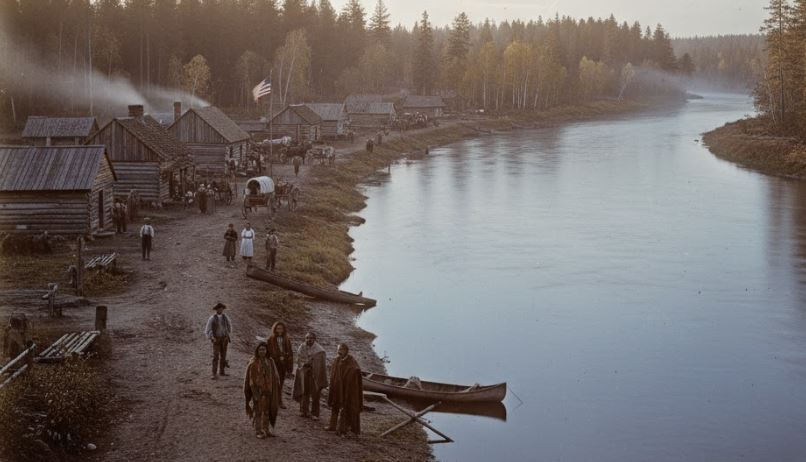Let's dive into the fascinating past of what Minnesota was called before its statehood.
The Heart of Indigenous Lands
Long before any European explorers arrived, the land that would become Minnesota was home to several thriving Native American nations for thousands of years.
The Dakota (Sioux) people were prominent, with their various bands (Mdewakanton, Wahpekute, Sisseton, Wahpeton) inhabiting much of the southern and western portions. The name "Minnesota" itself comes from the Dakota language. It’s derived from the words "Mni Sóta," which can be translated as "cloudy water" or "sky-tinted water," referring to the Minnesota River.
The Anishinaabe (Ojibwe or Chippewa) people also had a significant presence, especially in the northern forests, arriving later and establishing communities around the many lakes and wild rice beds. Other groups, like the Ho-Chunk (Winnebago), also resided in parts of the region.
Early European Claims: New France
The first Europeans to explore the area were French fur traders and missionaries in the 17th century. Figures like Pierre-Esprit Radisson and Médard des Groseilliers were among the first to venture into the region, establishing trade with Native American communities.
As part of their vast North American empire, the French claimed much of the central continent, including parts of what would become Minnesota, as New France. This claim was based on explorations of the Great Lakes and the Mississippi River. However, French control was largely nominal, consisting mainly of trading posts rather than widespread settlement.
After the French and Indian War: British and Spanish Claims
Following France's defeat in the French and Indian War (Seven Years' War), the Treaty of Paris in 1763 drastically reshaped North American claims.
- East of the Mississippi: The portion of Minnesota east of the Mississippi River became part of British North America.
- West of the Mississippi: The much larger western portion was ceded to Spain as part of Louisiana (though Spain's influence was minimal).
The Louisiana Purchase: American Territory
The most significant shift came in 1803 when the United States made the Louisiana Purchase from France. This massive acquisition, orchestrated by President Thomas Jefferson, included all of the land west of the Mississippi River that would become Minnesota.
Thus, at this point, the land we now know as Minnesota was divided:
- The area east of the Mississippi was part of the Northwest Territory (and later the Indiana and Illinois Territories).
- The area west of the Mississippi was part of the Louisiana Purchase, eventually becoming part of the Louisiana Territory, then the Missouri Territory.
The Minnesota Territory (1849-1858)
As American settlement pushed westward, the need for organized governance grew. For a time, the area that is now Minnesota was administered as part of various other territories, including Michigan, Wisconsin, and Iowa.
Finally, on March 3, 1849, the Minnesota Territory was officially established by an Act of Congress. This territory encompassed a much larger area than present-day Minnesota, extending west to the Missouri River and including what would later become part of the Dakotas. St. Paul was designated as the territorial capital.
This period saw a significant influx of settlers, the establishment of towns, the development of agriculture and logging, and growing conflicts with Native American populations over land.
The Road to Statehood

